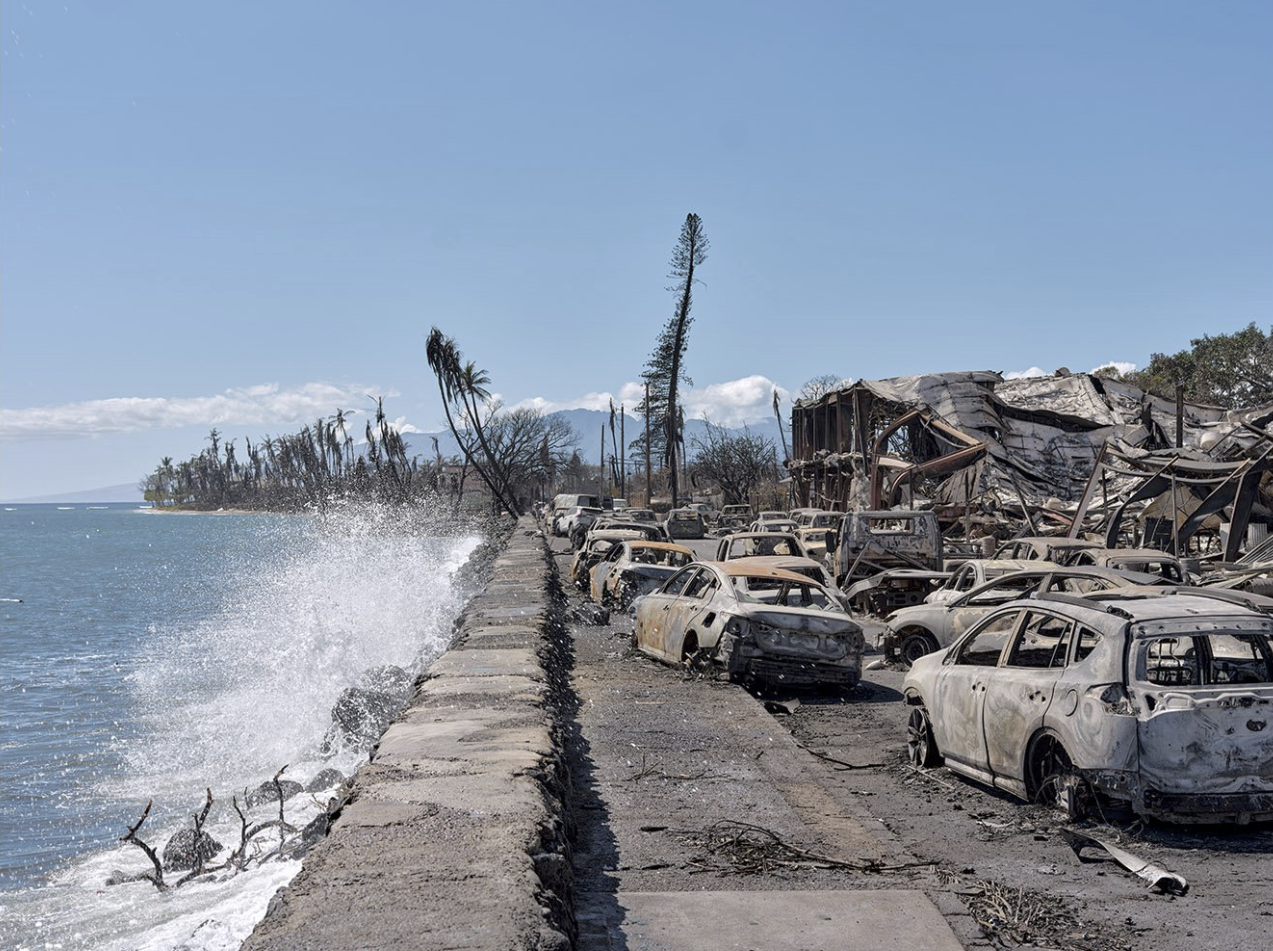Judges + Winners : Philip Cheung
Portfolio review season is in full swing, and contest season is nearly upon us. Submissions for The BarTur Award just closed — we will offer an exclusive sneak peek into that judging process in an upcoming issue.
Phillip Cheung, one of the recipients of The BarTur Award, got his start as a soldier and now works across the industry as a freelance photographer in Los Angeles. He has done everything from celebrity portraits to war coverage in Ukraine. Cheung discusses how he approached the contest submission process, and how he works in the field.
HM: How did you become a photographer and what do you do now?
PC: In my early twenties, I served as an infantryman in the Canadian Army and deployed on a NATO Peacekeeping mission to Bosnia. There, I met two photojournalists taking photos for the newswire, and their job intrigued me. I started to teach myself photography and began documenting my time there, whether it was on patrols with my platoon or life in our camp.
When I returned to Canada, I studied graphic design but always kept photography in the back of my mind. After a couple of years of working as a designer, I pursued photography further and began to freelance for newspapers and magazines in Toronto in 2007. Shortly after, I was offered a job as a staff photographer and moved to the Middle East to cover stories in the region. I’m now in Los Angeles, where I’ve been based since 2016.
Maui, 2023
HM: Can you talk a little about the work that you submitted?
PC: On February 24, 2022, Russian President Vladimir Putin ordered a military invasion of Ukraine, citing a need for "demilitarization" and "denazification." The invasion resulted in significant loss of life and displacement, with tens of thousands killed and millions forced to flee the country. The crisis created the largest refugee population in Europe since World War II, with an estimated 8 million Ukrainians displaced internally and 7.8 million seeking refuge abroad.
I documented daily life on the frontlines of the invasion to show the fragility of security and the devastating effects of the conflict – focusing on the reality of individuals and communities. Despite the chaos, the captured quiet moments showing the Ukrainians' resilience and camaraderie serve as a grounding force amid the devastation.
The war has also devastated the Ukrainian economy, as businesses have been destroyed and infrastructure severely damaged. My photographs can act as a historical document by providing visual evidence of the events and informing future generations about the human cost of war, including the suffering and trauma experienced by civilians.
HM: When considering an image to submit, are there distinct qualities that make it excellent, or is it truly subjective?
PC: When editing my work, I look for photographs that allow viewers to understand the context, tell a story, and convey an emotion. Compositionally, I’m drawn to structure in a photo with a sense of visual order and coherence.
HM: Can you talk a bit about the camera that you primarily use, and your relationship with your gear in general?
PC: I currently use two different systems: a Sony A1 and a Fuji GFX100s. They both offer distinct features and capabilities, and I’ll choose which camera to use depending on the specific needs of a project/assignment and the results I’m trying to achieve.
Different camera models have unique quirks and idiosyncrasies. These quirks can range from the placement of buttons, menu navigation, performance in different situations and environments, and even features not present in other cameras. Getting used to these quirks takes time, but eventually, you get accustomed to the camera's behavior.
Modern cameras have come a long way compared to early cameras in technology and functionality. I taught myself photography on a Nikon D1x back in the early 2000s. Since then, there's been a huge advancement in sensor technology which improved image quality, increased dynamic range, reduced noise in high ISO settings, autofocus systems, and various shooting modes that cater to different photography styles. The most useful features for my work are the advanced autofocus algorithms and electronic viewfinder that were unavailable in the early cameras I used.
I think that over time I’ve developed a familiarity with my gear that allows me to operate it instinctively where I’m able to react quickly to changing situations and grew a trust in the equipment knowing that it will be reliable under different conditions, and it eventually becomes an extension of yourself and your vision.
Maui, 2023



